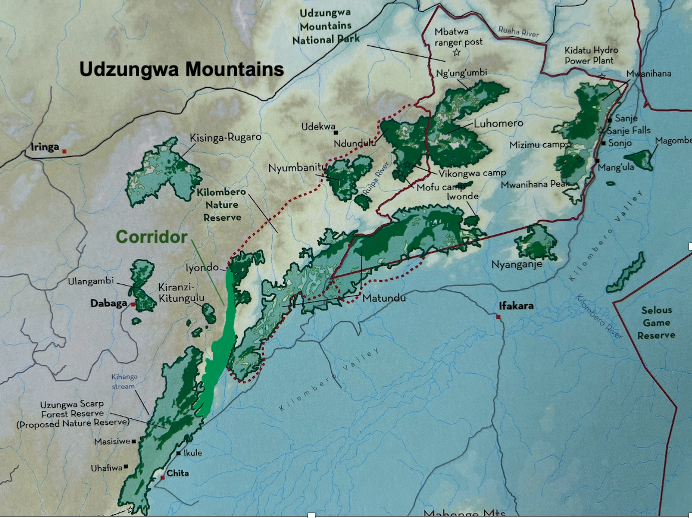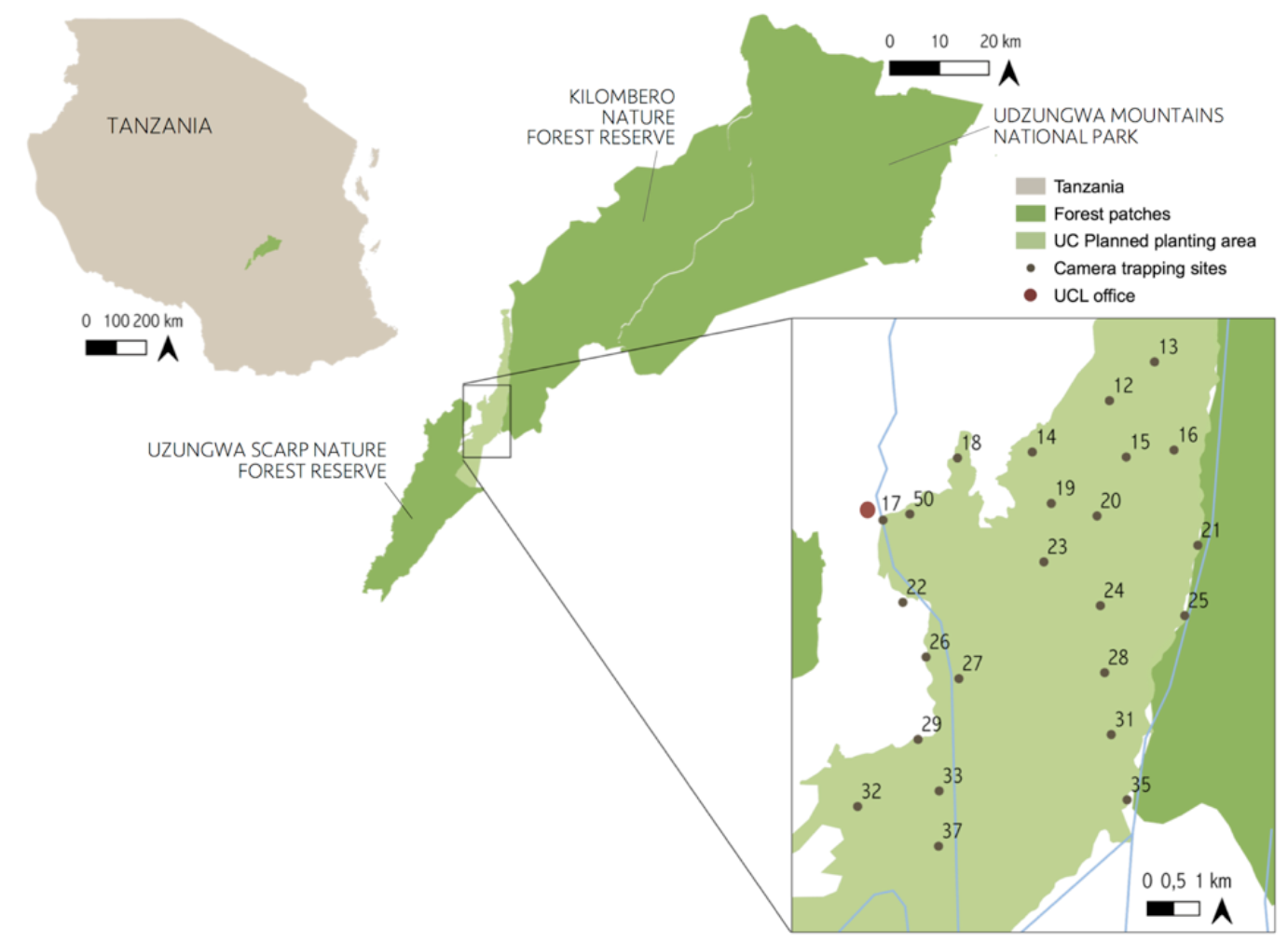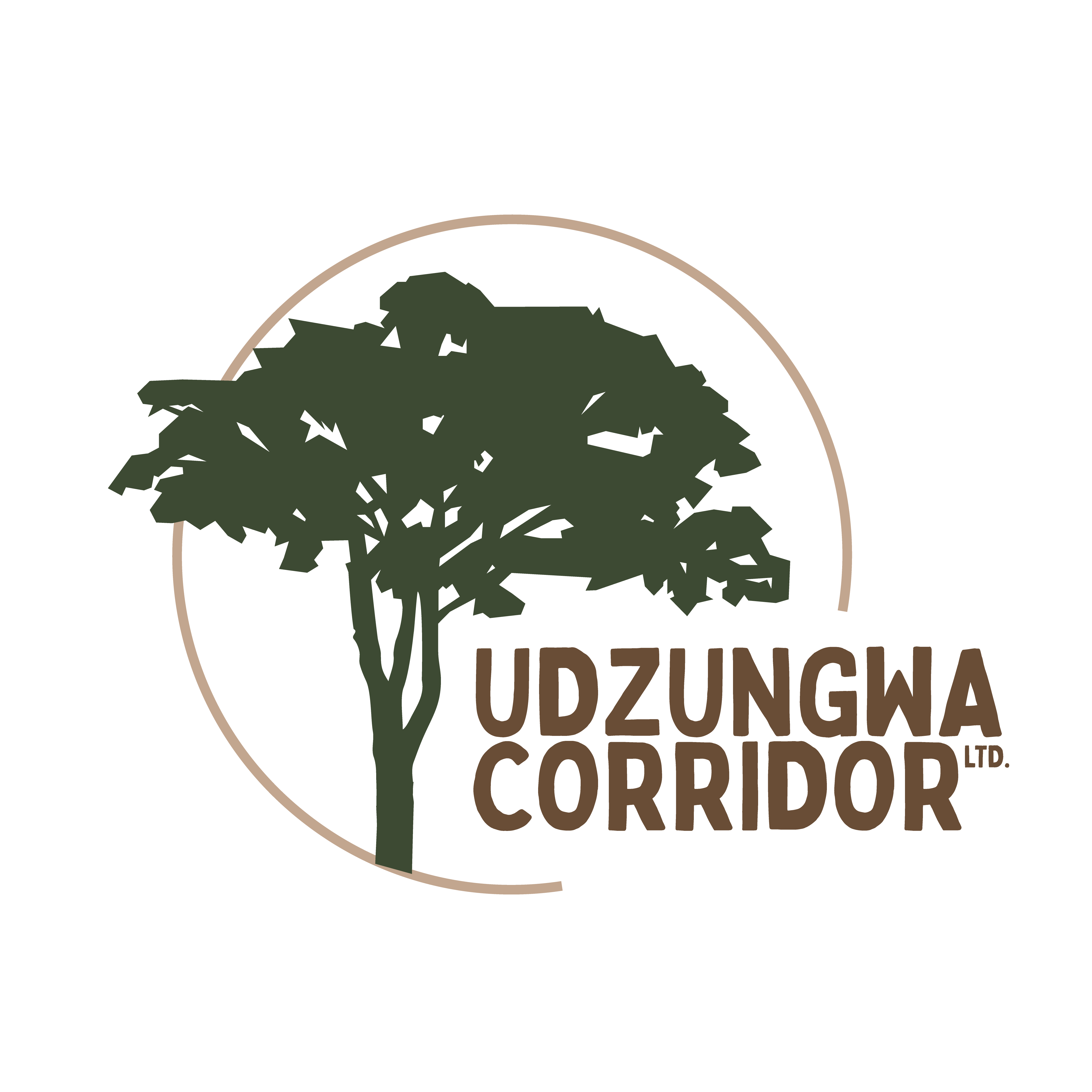
Some of the oldest rainforests in the world, the Udzungwa Mountains are the largest island of the Eastern Arc archipelago, eleven cool, humid mountain ranges rising out of a sea of hot, dry savannah. Scientists refer to the Arc as the Galapagos of Africa for each mountain island has its own endemics found nowhere else in the world, and collectively they have one of the highest concentrations of endemic species of any terrestrial habitat.
The 75 km2 Udzungwa Corridor will bridge the animal populations of the 1,345 km2 Kilmbero Nature Reserve & the 328 km2 Udzungwa Scarp Nature Reserve and increase the natural habitat of vulnerable species. IUCN Endangered species observed in the project include, among others:


So far UCL has planted 94 local tree species, including 4 IUCN vulnerable species— Cephalosphaera usambarensis, Cola schefflera, Isoberlinia schefflera, Khaya anthotheca.

In our mist house, we are cultivating cuttings from species—e.g. Ocotea usambarensis—which appear to have stopped producing seeds from atmospheric warming, trying to sustain their populations.
Since arriving in 2021, Andrea, the project botanist, has discovered two trees and two plants new to science, which he will publish over time.
Biodiversity Monitoring – Camera Trapping

Starting with the baseline year 2022, the project samples the whole corridor area during the dry season according to a standardized protocol for monitoring terrestrial vertebrates (TEAM Network 2011). The project deploys an array of camera traps for a total of 50 sampling locations across the study area. Using occupancy as the metric of choice to track spatial and temporal patterns, we will chart the return of wildlife into the restored corridor.
CAMERA TRAPPED



